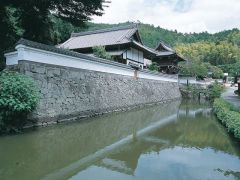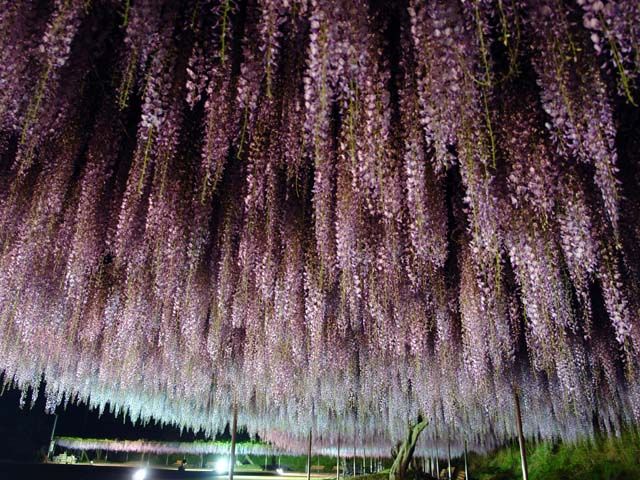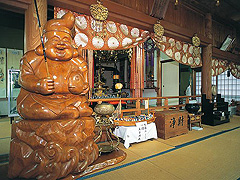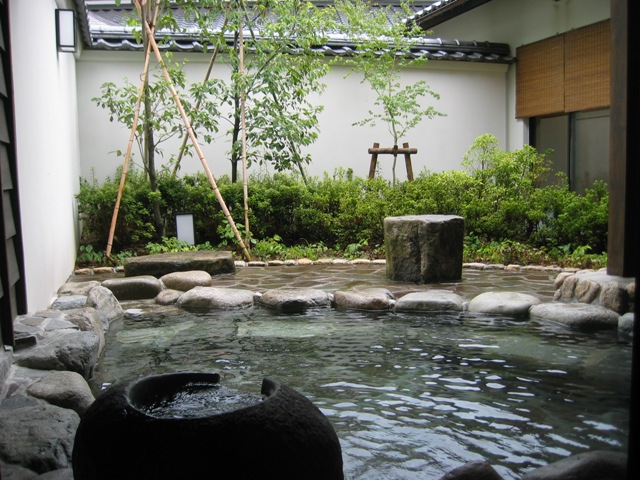
Xingzen Temple
A temple located at the foot of the Kuroi Castle site. Originally the lower building of Kuroi Castle, where the castle owner lived, when there was no battle. It is surrounded by water moats and high stone walls, known as Shichimatabori, and still retains the image of the castle hall of the Sengoku period. It is also known that Ofuku, who later became the nanny of the Tokugawa 3rd Shogun and Iemitsu and the Kasuga Bureau, spent his childhood up to the age of three, and in front of the Tōmon stands the monument of the Kasuka Bureau birth place. There is also Ofuku's water well.







